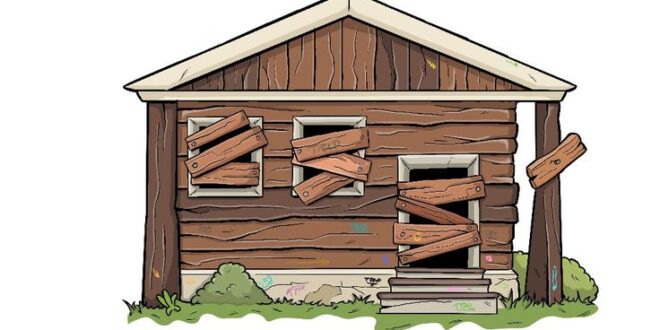In the realm of urban culture and underground economies, the term “trap house” carries a mystique that has intrigued and sometimes frightened many. Often depicted in popular culture, particularly in hip-hop lyrics and movies, the trap house represents more than just a physical structure—it embodies a complex intersection of socio-economic factors, cultural influences, and often, the harsh realities of marginalized communities. In this article, we delve into the multifaceted layers of the trap house phenomenon, exploring its origins, significance, and the broader implications it holds within society.
Understanding the Trap House:
At its core, a trap house refers to a location, typically a house or an apartment, used for the distribution and sale of illicit substances, particularly drugs like cocaine, heroin, or marijuana. However, reducing the trap house to merely a hub for illegal transactions oversimplifies its significance. The term “trap” itself originates from the vernacular of the streets, where it denotes an area where drugs are sold and, metaphorically, a place of entrapment for both those involved in its operations and the communities it affects.
Origins and Evolution:
The concept of the trap house emerged from the socio-economic landscape of impoverished urban neighborhoods, where systemic inequality, lack of opportunities, and the war on drugs have contributed to the proliferation of underground economies. Historically, these neighborhoods have been neglected by mainstream institutions, leaving residents with few legitimate avenues for economic advancement. As a result, individuals turn to the underground economy as a means of survival, thus giving rise to the trap house as a central node in the distribution network.
Over time, the trap house has evolved in response to various factors, including changes in drug trends, law enforcement strategies, and cultural influences. While traditionally associated with the sale of drugs, trap houses may also serve as hubs for other illicit activities, such as weapons trafficking, human trafficking, or money laundering. Moreover, advancements in technology have transformed the way trap houses operate, with many now leveraging social media platforms and encrypted communication apps to conduct their business.
Social and Cultural Significance:
Beyond its criminal connotations, the trap house holds significant cultural currency, particularly within hip-hop culture. In rap lyrics and music videos, artists often glorify the trap lifestyle, portraying it as a symbol of resilience, hustle, and defiance in the face of adversity. However, this glorification comes with consequences, as it perpetuates harmful stereotypes and glamorizes criminal behavior, especially among impressionable youth.
Moreover, the trap house serves as a microcosm of broader social issues, highlighting the intersecting dynamics of race, poverty, and criminal justice. In many cases, the individuals involved in trap house operations are products of their environment, born into circumstances that offer few alternatives. Addressing the root causes of trap house proliferation requires a holistic approach that addresses systemic inequalities, invests in community development, and provides pathways to economic opportunity.
The Impact on Communities:
The presence of trap houses in a community can have far-reaching consequences, ranging from increased crime rates and violence to the erosion of social cohesion and trust. Moreover, the stigmatization associated with these spaces further marginalizes already vulnerable communities, perpetuating cycles of poverty and disenfranchisement. As law enforcement agencies crack down on trap houses, residents are often caught in the crossfire, facing displacement, arrest, or even violence.
However, it is essential to recognize that not all individuals associated with trap houses are hardened criminals. Many are driven by socioeconomic circumstances beyond their control, and addressing the underlying issues requires a nuanced understanding of root causes. Investing in education, job training, and community resources can offer viable alternatives to individuals trapped in the cycle of poverty and crime.
Conclusion:
The trap house represents more than just a physical location—it embodies the complex interplay of socio-economic forces, cultural influences, and systemic inequalities that shape marginalized communities. While often depicted in popular culture as symbols of wealth and power, trap houses also reflect the harsh realities faced by those living on the margins of society. Addressing the root causes of trap house proliferation requires a multifaceted approach that prioritizes community empowerment, economic opportunity, and social justice. Only by addressing these underlying issues can we hope to break the cycle of poverty and create a more equitable future for all.
 HammBurg Be informed with latest news, reviews, entertainment, lifestyle tips, and much more.
HammBurg Be informed with latest news, reviews, entertainment, lifestyle tips, and much more.




